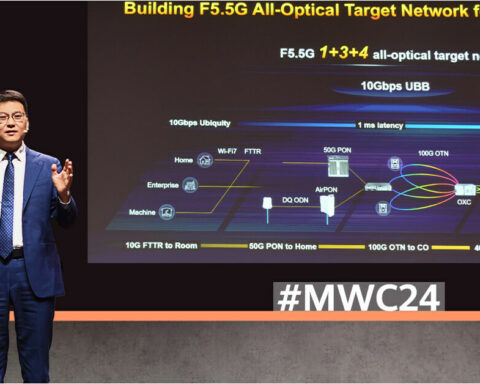 LTE-TDD will go mainstream in 2014, and it is not just about China Mobile recently announced commitment to spend $3.3 billion on rolling out 207,000 LTE-TDD base stations. In the US, Clearwire is anticipated to have rolled out 5,000 LTE-TDD base stations which will play a complementary role in Sprint overall LTE service plans. Around the world, there are 60 LTE-TDD deployments, of which 21 have commercially launched.
LTE-TDD will go mainstream in 2014, and it is not just about China Mobile recently announced commitment to spend $3.3 billion on rolling out 207,000 LTE-TDD base stations. In the US, Clearwire is anticipated to have rolled out 5,000 LTE-TDD base stations which will play a complementary role in Sprint overall LTE service plans. Around the world, there are 60 LTE-TDD deployments, of which 21 have commercially launched.
€œAs a result of this ramp up in LTE-TDD deployments, pops coverage has surpassed 18.5% of the population by September 2013 and should eclipse 49% by 2018, observed Jake Saunders, VP and practice director at ABI Research. Keynote LTE-TDD commercial services are taking shape in Japan (SoftBank), India (Airtel), Australia (Optus), etc.
Mobile carriers are sitting up and taking interest in LTE-TDD for a number of reasons:
Flexibility of spectrum deployment A single band of up 20 MHz can handle up and down traffic.
Spectrum costs Securing FDD spectrum has had a premium over TDD spectrum.
Flexibility of deployment – LTE-TDD can be deployed as a complete network solution, as a hybrid FDD/TDD LTE network, a backhaul solution, or a network extension for a WiMAX network.
One of the key strengths of LTE-TDD is the cost of spectrum issued, which has been 44% cheaper than LTE-FDD spectrum. Due to significant contract awards in China, USA, Russia, and Japan, cost of LTE-TDD equipment has effectively reached parity with LTE-FDD equipment. For a stand-alone LTE-TDD vs. LTE-FDD network, Total Cost of Ownership is 13% lower for a LTE-TDD network. In terms of backhaul, LTE-TDD can provide a 33% saving over Point-To-Point Microwave solutions and a 43% saving over fiber. œLTE-TDD is attractive to carriers as a flexible and cost-effective solution, added Jake Saunders.
Telecoms infrastructure vendors are gearing up to supply the LTE-TDD networks. ABI Research has conducted a Competitive Assessment of the LTE-TDD suppliers in which Huawei came out top in the Innovation vs. Implementation ranking, followed by NSN and Ericsson. All three vendors have robust infrastructure solutions but Huawei success in securing over 36 deployment contracts, strong IP holdings and R&D investment, benefitted Huawei.
ABI Research €œTotal Cost of Ownership: LTE-FDD vs. LTE-TDD†Report, is part of the LTE Research Service.
ABI Research provides in-depth analysis and quantitative forecasting of trends in global connectivity and other emerging technologies. From offices in North America, Europe and Asia, ABI Research worldwide team of experts advises thousands of decision makers through 70+ research and advisory services. Est. 1990.
source : efy-times
www.itvoice.in







